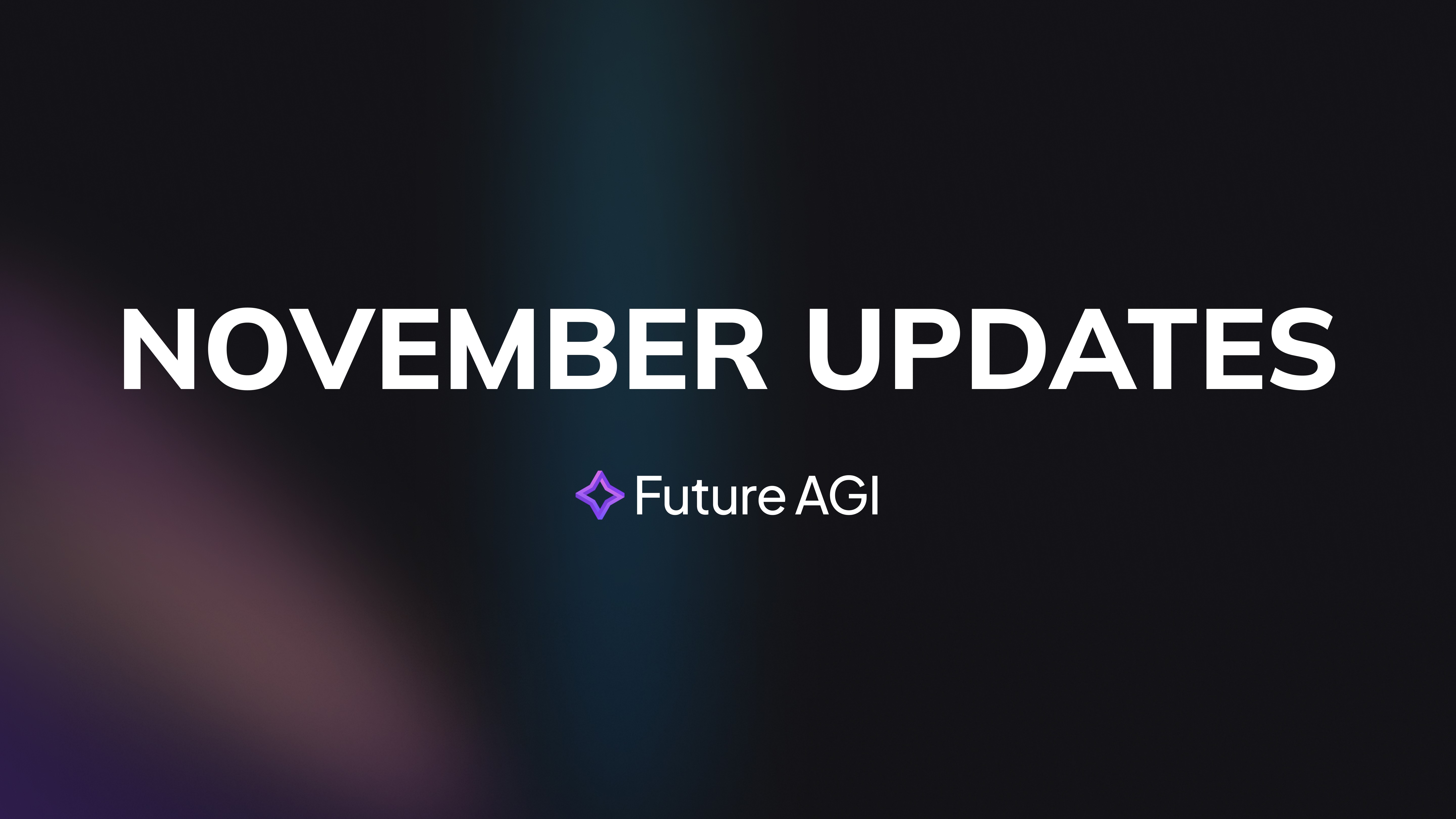Introduction
Large-language models are changing how we interact with AI, from chatbots to coding and summarizing documents. Nevertheless, with an explosion of such capabilities comes an urgent need for robust and reliable evaluation methods. Enter LLM eval the general framework and methodology used to test the performance, accuracy, and effectiveness of large language models.
In this guide, we'll walk you through the principles and practices of LLM Eval, shedding light on why traditional methods are falling short and how to do it right.
What Is LLM Evaluation and Why Is It Broken?
The aim of LLM evaluation is to see how well large language models perform. Current methods do not do a great job.Yet, the methods often used today are inadequate. Most approaches either depend on benchmark datasets that lack real-world complexity or on human judgments that are costly and erratic.
Not just the tools, but assumptions behind it too are broken. The standard NLP model evaluation ought to be carried out to evaluate LLMs. However, LLMs are dynamic and contextual; their assessment will require new paradigms.
Component-Level vs End-to-End Evaluation

Image 1: An LLM system involving multiple components
It is important to distinguish the difference between component and end-to-end evaluation of LLM. These two approaches give us two different insights and are applicable to different developmental and deployment phases.
3.1 Component-Level Evaluation:
This method involves grading a single task like summarization, translation, or classification. It checks a model's performance under isolated controlled settings. Setting up is usually faster and easier with the component-level assessments and it provides insights into specific capabilities. For example, if you are deploying an LLM for email sorting, you can check its classification accuracy on some labelled datasets.
3.2 End-to-End Evaluation:
On the other hand, this method assesses how well the model performs across an entire workflow or real-world application. It shows complicated interactions, actions that emerge from these interactions and sequences of actions. End to end evaluation simulates real-world usage scenarios to give your insight into the model’s behavior, rather than just theory.
So, while component-level checks are useful during the development, end-to-end evaluations are the best way to check user experience and ROI. A complete LLM eval strategy ideally combines both approaches, using some component-level insights to improve the model and some end-to-end evaluations to check real-world readiness.
LLM Evaluation Must Correlate to ROI
Why assess a language model if the findings are not connected to your business aims? In order for LLM evals to be meaningful, they must be related to ROI. With no such link, evaluations run the risk of being mere academic exercises with little application value.
For instance, if the model’s purpose is enhancing customer support efficiency, then you should measure how effectively it can handle common user queries. This could include resolution time, user satisfaction, and response accuracy. In such scenarios, standard metrics like BLEU or ROUGE may fall short by themselves. Your assessment framework should use outcome metrics that show meaningful change.
Also, it’s important to remember that metrics not tied to meaningful outcomes provide little useful information. These can take your focus from what's really important and optimizations can go awry. By making sure your assessments are ROI-centric, you can focus on the enhancements that rev up your business.
How to Setup a Correlated Metric-Outcome Relationship
To evaluate LLM performance effectively, you need to go beyond arbitrary metrics. Start by clearly defining what outcomes truly matter to your organization:
5.1 Business Goals:
Their benefits may be quicker support resolution, better conversion rates, or greater customer satisfaction. Setting the outcomes at the start shows us the purpose of each evaluation metric.
5.2 Model Tasks:
Specify the capabilities you want your model to show. This may include classifying customer intents, creating accurate summaries, and extracting structured information from unstructured text.
5.3 Metrics:
Select metrics that show performance on the defined tasks. This may include accuracy, f1 score, bleu, rouge, or qualitative scores like user satisfaction ratings.
The next step is to set up a feedback loop once you map the task to the desired outcome. This involves collecting and analyzing repeated data to make sure that your metrics accurately predict outcomes. As time passes, this feedback will become a powerful guide for the models.
This marks the juncture where language model scoring transition becomes concrete and capable of producing real-world impact. Make sure the numbers you have chosen to demonstrate your success against outcomes are critical to your business (e.g. model evaluations).
Also, this relationship allows teams to justify expenditure in model training, prompt engineering or fine-tuning by proving business impact. So, the development of a correlation metric-outcome relationship is paramount for an effective and sustainable framework for LLM evaluation.
Aligning Your Metrics
Metric alignment means ensuring that your chosen evaluation measures reflect your operational goals. Here are some questions to consider:
Are your metrics sensitive to changes in model performance?
Do they reflect the actual user experience?
Are you measuring both functional and emergent behaviors?
Effective LLM eval frameworks include hybrid metrics: objective (quantitative) and subjective (qualitative), automated scores and human feedback.
6.1 Best Practices for Metric Alignment
To ensure your metrics are aligned with business goals and real-world outcomes, follow these best practices:
(a) Start Simple:
Begin with well-established NLP metrics such as BLEU and ROUGE. These provide a solid foundation and allow you to benchmark your LLM's performance early in the development cycle.
(b) Add Contextual Evaluation:
Gradually introduce prompt-based tests that mimic realistic user inputs and workflows. This helps simulate how the model will actually be used, bridging the gap between theoretical accuracy and practical performance.
(c) Incorporate Human-in-the-Loop:
Supplement automated tests with A/B testing, manual reviews, or expert evaluations. Human insights provide critical context and help validate automated scores, especially when dealing with subjective or nuanced tasks.
(d) Iterate Often:
Metrics are not static. Reevaluate them regularly as your model usage patterns evolve or as new business goals emerge. Continuous iteration ensures that your evaluations remain relevant and responsive to change.
By adopting this multi-layered approach, you can ensure that your LLM evaluations are not only accurate but also aligned with what truly matters to your organization. This alignment transforms your evaluation process from a technical checkbox into a strategic asset, capable of predicting downstream value and guiding future development.
Validating Your Metric-Outcome Relationship
Once your metrics are aligned, it’s crucial to take the next step of validation. Validating your metric-outcome relationship ensures that the metrics you’re tracking reflect performance in the real world. Without this step, even well-designed evaluations can turn into mere guesswork.
7.1 Correlation Analysis
Starting with this technique helps you measure how closely your chosen metrics track with desired outcomes. For example, if you're using ROUGE scores to evaluate summary quality, correlate these scores with user satisfaction ratings to confirm that higher scores mean happier users.
7.2 Regression Modeling
Then move on to using statistical models to predict key business KPIs such as customer retention or average resolution time based on your evaluation scores. If your metrics can't predict real results, they may need to be adjusted or replaced.
7.3 User Feedback Loops
Collect qualitative and quantitative feedback from end users and trace it back to model outputs. This feedback not only validates your metrics but also reveals insights into user preferences and pain points that numbers alone can't capture.
In summary, validating your metric-outcome relationship solidifies your NLP model evaluation framework. It ensures that your efforts in accuracy testing for LLMs are grounded and aligned with business success. Ultimately, this validation process helps transform raw evaluation data into strategic insights.
How to Scale LLM Evaluations
Scaling LLM evaluation becomes essential when your models move beyond experimentation and into production, especially when they support multiple use cases. Here's how you can scale effectively:
8.1 Automate Testing Pipelines
Integrate continuous integration/continuous deployment (CI/CD) tools into your evaluation workflow. Automation enables you to test new model versions rapidly and consistently, ensuring quality assurance at scale.
8.2 Deploy Evaluation Agents
Use autonomous agents designed to run predefined prompts, scenarios, and workflows. These agents help simulate real user interactions and systematically gather model outputs across tasks.
8.3 Standardize Across Teams
Create shared libraries of evaluation metrics, templates, and best practices. Standardization ensures consistency, improves collaboration, and reduces redundant work across departments.
8.4 Monitor in Real-Time
Establish dashboards that continuously track key performance indicators such as latency, accuracy, and user satisfaction. Real-time monitoring enables prompt detection of performance degradation and supports data-driven decision-making.
By implementing these practices, you ensure that your LLM evaluations can grow in step with your model’s footprint without becoming a bottleneck. Scalability transforms evaluation from a point-in-time activity into an always-on capability that adapts as your AI solutions evolve.
Conclusion
Effective LLM eval is both an art and a science. It requires a thoughtful mix of metrics, aligned outcomes, and continuous iteration. Traditional evaluation frameworks fall short because they fail to account for the unique characteristics of LLMs: context sensitivity, prompt variability, and emergent behaviors.
By adopting modern techniques in AI model assessment, validating metric-outcome relationships, and scaling your evaluation efforts, you can ensure that your language models deliver real, measurable value.
Whether you're just getting started or looking to optimize existing workflows, mastering LLM eval will put you ahead in the AI-driven future.
Ready to Elevate Your AI Evaluation Workflow?
With FutureAGI, designing, running and interpreting powerful LLM evaluations at scale is effortless. Our tools are designed to grow with you, whether you're developing research prototypes or production-grade systems.
Explore our step-by-step cookbooks to get started fast:
Using FutureAGI Evals – Cookbook #10
FAQs













